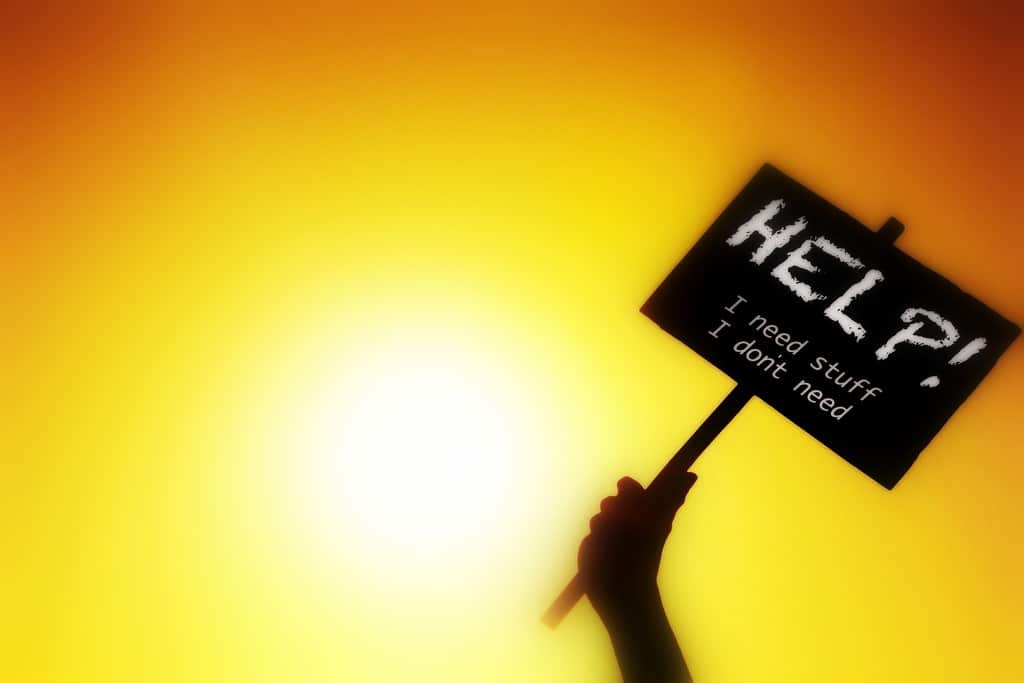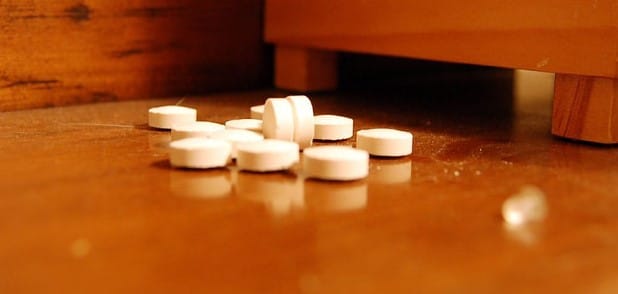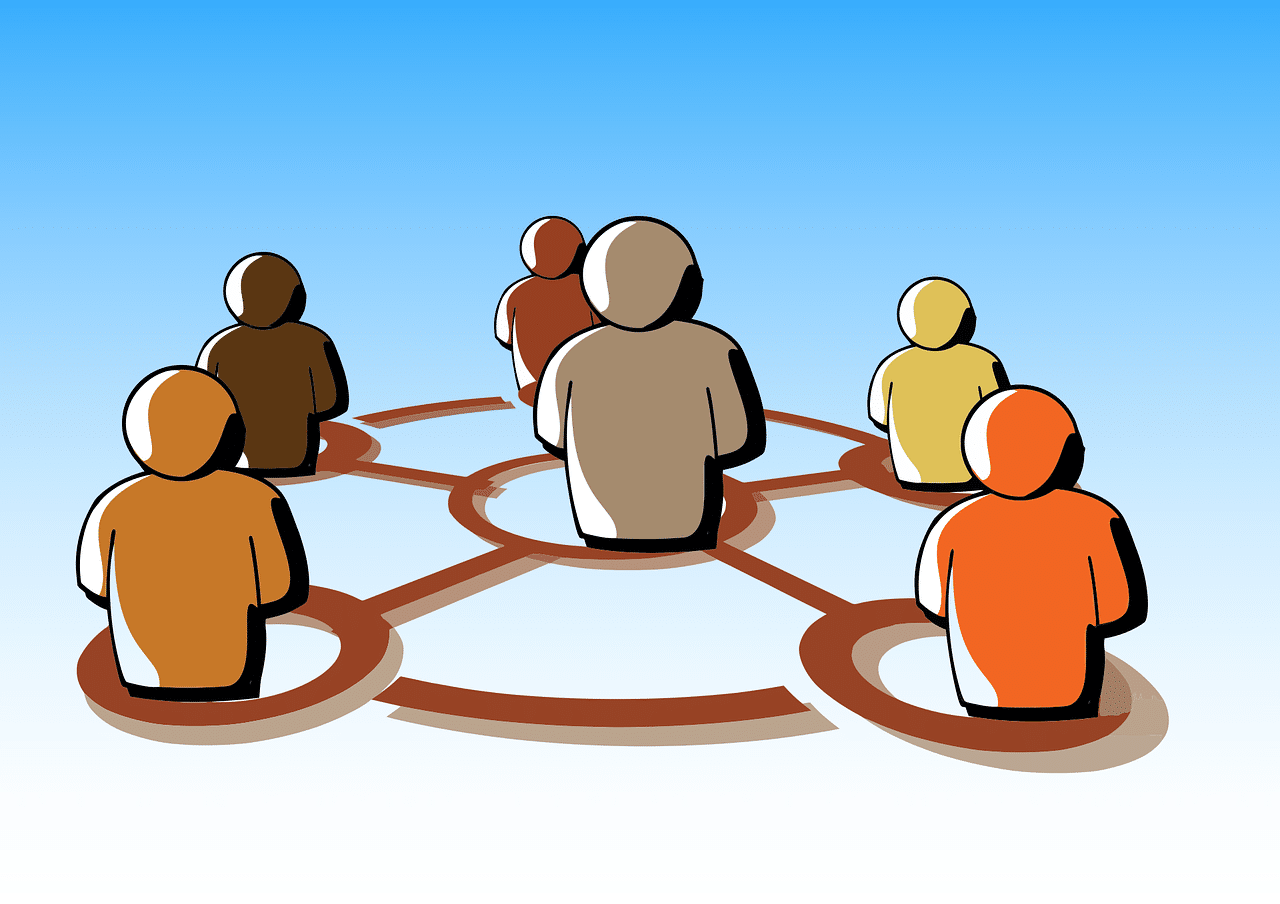
People who struggle with addiction, a chronic relapsing condition, often find that multiple addiction treatments are helpful to achieve a full and lasting recovery. | Image Source: Flickr CC user Keoni Cabral
“It’s only now after six months I can say I’m not addicted anymore,” a woman wrote in a series of personal testimonies collected by ibogaine researcher Howard Lotsof. “Ibogaine is not the solution in itself. [However,] it takes withdrawal away completely and gave me clues that made it possible to figure out why I got strung out in the first place. Ibogaine made it possible for me to accept life on its own terms and access the willpower inside myself that I needed to pick up where I had left off.”
Six months after her account, one year after her initial treatment, the woman relapsed and went back to using heroin. She had another ibogaine treatment and then relapsed again. It took a third treatment for her to get clean for good.
Relapse — returning to abusing a drug after a period of abstinence — is one of the most frustrating realities of overcoming addiction. Even after beating withdrawal and staying clean for months or even years, the mental temptations of addiction can be strong. While the exact rates of relapse vary from source to source, one study published in 2010 showed that 91% of people treated for opiate addiction relapsed within a year (and that more than half of those that relapsed did so within a week of ending treatment).
That’s a disheartening statistic, but in the battle against addiction, you have to take it step by step. While it’s not uncommon to relapse, research shows that one dose of ibogaine changes addictive behavior and reduces overall drug use, and results improve with additional treatments.
One Treatment Reduces Drug Use, but Multiple Treatments have Better Results
In his initial ibogaine research in 1983, Howard Lotsof reported that “a single [ibogaine] treatment was effective for about 6 months, and a series of 4 treatments was effective for approximately 3 years.”
Research conducted since supports the findings of Lotsof’s initial studies. In a 2012 study to determine if ibogaine-assisted therapy could produce “extended periods of opiate drug-use abstinence [and] reduce opiate drug use,” researchers found that 80% of patients relapsed within the first 6 months; 20% made it more than six months, and 13% stayed clean for more than a year following a single treatment.
Thirteen percent is actually pretty good for addiction relapse statistics, but a closer look at the numbers gives an even more promising view — the people who relapsed used a much smaller amount of drugs and used them less frequently.
Another study conducted in 2004 found that 6 out of 7 participants that relapsed after ibogaine treatment significantly reduced the dosage and frequency of the drugs used. The study also showed significant drug-free periods among two-thirds of the drug addicts and that the time that patients stayed clean increased with multiple treatments:
- After one treatment, the majority of patients stayed clean for an average of 10 months.
- After two treatments, the majority of patients stayed clean for an average of 3 years (36 months).
- After three treatments, the majority of patients stayed clean for an average of 4 years (52 months).
Looking at the research about ibogaine as an addiction interrupter, Candide’s words, “don’t let perfect be the enemy of good,” come to mind. Overcoming addiction is one of the most difficult tasks most people experience in their lives, and every step you take to reduce the amount and frequency of drug usage is a step forward. But with multiple treatments, the hope of truly kicking your habit and staying clean becomes more tangible.
Why Multiple Treatments Have Better Results
It’s not an uncommon idea in the psychedelic community that periodic administrations of a psychedelic is helpful. People who take ayahuasca to treat migraines, psilocybin to quit smoking, or MDMA to treat post-traumatic stress disorder usually get better results when they do it more than once. These periodic experiences serve as a “reset button” — they help you get back in touch with your true self and motivate you to continue the hard work required to overcome mental disorders like addiction.
There’s a reason why addiction is known as a chronic relapsing condition. The National Institute on Drug Abuse says that given the chronic nature of the disorder, “relapsing to drug abuse at some point is not only possible, but likely.” The first ninety days after treatment are the hardest for both therapist and patient, and this is when the risk of drug relapse is highest.
To better understand why people relapse after an ibogaine treatment, it’s helpful to look at two unique ways that ibogaine helps people face their addictions head on.
First, the biochemical effects of ibogaine give people a reprieve from two huge hurdles of overcoming addiction — withdrawal and the subsequent cravings — by essentially reducing them to nothing. Studies have shown that ibogaine eliminates withdrawal symptoms in most people, and it significantly decreases cravings following treatment. Removing these physiological effects is innumerably beneficial to helping someone stay strong in their decision to stay clean, but eventually these effects wear off after some months.
The second way that ibogaine helps is through the insight that many people gain through their experience, which helps them break the psychological cycles of addiction. Ibogaine allows people to relive past life experiences as though watching a movie reel. This forces them to come to terms with the reality and root causes of their addictions, while simultaneously providing a great sense of peace and clarity about their actions (rather than shame). Overall, people who undergo ibogaine treatment report an immense positive psychological change. “I feel more empowered to make changes I have wanted for a long time,” one patient reported. Another person relayed that after the treatment they felt “more focused, positive, and energetic.”
The personal insight gained from an ibogaine experience gives you the will to change. But it takes work to integrate the lessons you’ve learned in an experience, and old habits can die hard. Meanwhile, the physiological effects of ibogaine wear off after a few months — you’re through withdrawal, but you will probably experience cravings again (even though they’re usually weaker). When you start to feel tempted again — or if you relapse — this is when another treatment can be used to remind you why you wanted to quit and refresh your motivation to do it.
What You Do After Treatment Matters
After an ibogaine treatment, you’ll likely be filled with a great spark of motivation and vision to enact real change in your life. But as the statistics show, that spark can fade. To lower your risk of relapse, most experts agree that working to integrate your experience into your daily life is key to a full recovery. Working with a psychotherapist that challenges and inspires you, finding a community of like-minded people (in group therapy or other places), and doing body energy work have all been found to be powerful aids in the road to recovery. Post-treatment aftercare like this helps you facilitate a deeper understanding of your drug abuse, which helps you to release trauma, overcome bad habits, and maintain your positive transformation.









